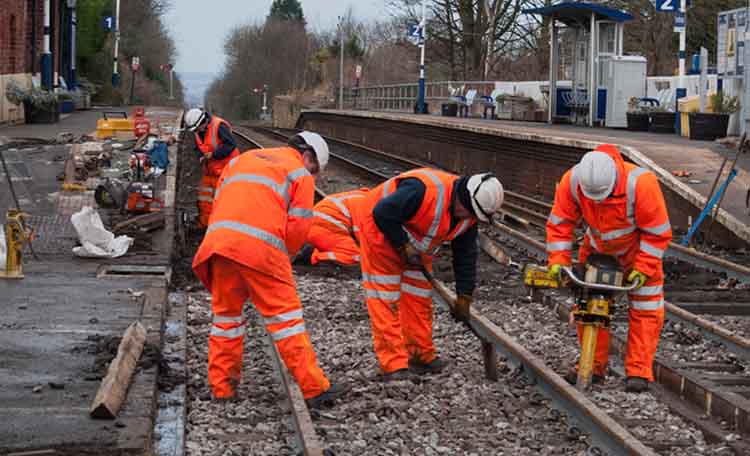Prevention and Treatment of Steel Rail Injury
Rail Injury
The steel rail, as an infinite beam supported on a continuous elastic foundation, is mainly subjected to concentrated vertical loads from locomotives and vehicles, producing a certain moment in its section. There are fewer examples of rail failure due to inadequate bending strength of the section. The main reason for rail replacement is wear and fatigue damage. Rail wear in the straight line and the curve has different forms and extent of performance. The main part of the straight line for the saddle-shaped wear. The curves are mainly the lateral wear of the outer stock rail, the crushing of the head rail of the inner stock rail and the wear of the waveform, and the curve on the small radius is especially serious. The main manifestation of rail fatigue damage is nuclear injury. It originated in the rail head inside the existence of small cracks. With the locomotive vehicles through the rail head inside the extremely complex stress combination, so that the small cracks first nucleation, and then to the head of the first four weeks of development, and finally without warning in the sudden break, causing very serious consequences of traffic accidents.
Prevention Measures of Rail Injury
The main measures to reduce the rail wear are to improve the design of the bogie for locomotive and rolling stock so as to improve the interaction condition between wheel and rail and reduce the friction between them. As a temporary measure, the curve of the rail side of the oil can be applied in the small radius of the curve or laying a special high-wear-resistant alloy steel rail. The most effective way to prevent nuclear injury is to control the cooling of steel to avoid the escape of hydrogen inside the rails arising from small cracks, thus eliminating the root causes of nuclear fatigue. However, despite various precautions, rail-based nuclear testing can not be absolutely avoided. To ensure the safety of traffic, it is necessary to carry out regular rail inspection in order to eliminate hidden dangers in a timely manner to avoid major traffic accidents - See more at: http://www.zmjsc.com/2004/#sthash.9bmNOe0N.dpuf
